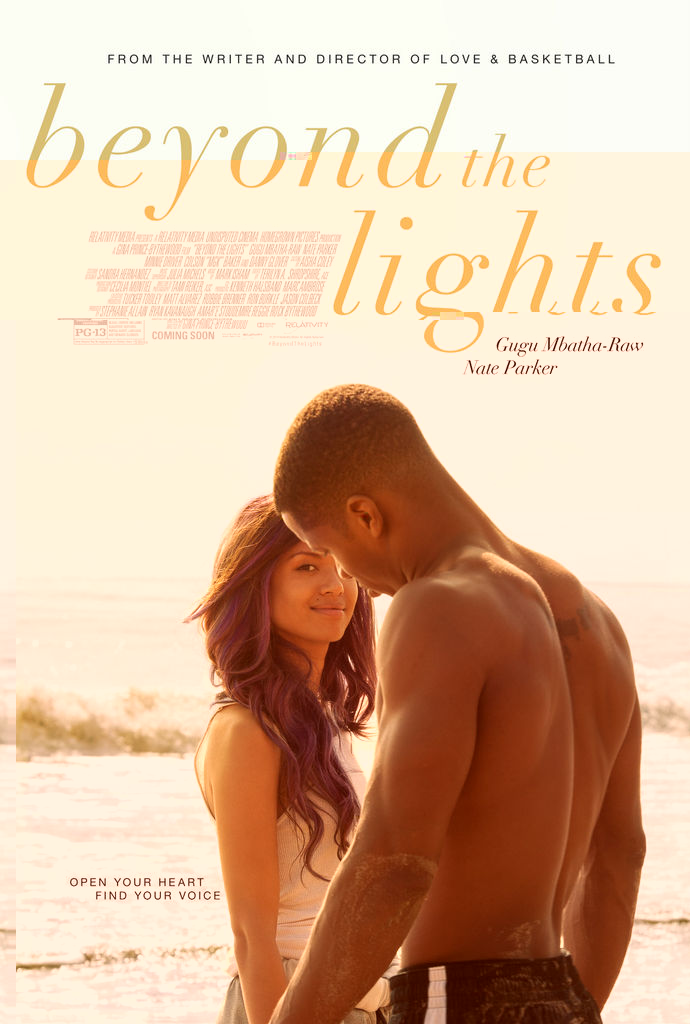Daily 30: Thu 11.27.2014
Our Hearts Are With Them
3mo
3mo
Dope Performance!
3mo
Dope Sh!t
3mo
3mo
NOW THIS IS R&B
3mo
'97 Classic
7mo
3mo
T.G.O.D.
3mo
3mo
Beyond The Headlines!
3mo
3mo
3mo
4mo
happy thanksgiving
3mo
Happy Birthday
3mo
4mo
4mo
8mo
Real Talk
3mo
3mo
Which Are You Copping?!
3mo
Who's Really Ballin'?!
3mo
What do you believe?
3mo
Step-By-Step
3mo
 Place the turkey on the cutting board or a platter, breast side up, with the legs facing away from you. Steady it with the carving fork in your guide hand.
Place the turkey on the cutting board or a platter, breast side up, with the legs facing away from you. Steady it with the carving fork in your guide hand.
 Cut through the skin that connects one leg to the carcass, cutting as close to the leg as possible.
Cut through the skin that connects one leg to the carcass, cutting as close to the leg as possible.
 Set down the knife and pull the leg away from the bird until the ball joint that connects it to the carcass pops out of the socket. (If the turkey is too hot to handle, use a clean, dry towel to protect your hands.)
Set down the knife and pull the leg away from the bird until the ball joint that connects it to the carcass pops out of the socket. (If the turkey is too hot to handle, use a clean, dry towel to protect your hands.)
 Cut straight through the joint with the knife. The leg will now pull easily away from the carcass.
Cut straight through the joint with the knife. The leg will now pull easily away from the carcass.
 Lay the leg on the board, with the knee facing you, and feel for the joint connecting the drumstick bone and the thigh bone.
Lay the leg on the board, with the knee facing you, and feel for the joint connecting the drumstick bone and the thigh bone.
 Place the knife blade directly on the joint and cut straight through to the board. (You shouldn’t feel any resistance. If you do, the blade is on the bone, not the joint. Feel for the joint again and adjust the position of the blade accordingly.)
Place the knife blade directly on the joint and cut straight through to the board. (You shouldn’t feel any resistance. If you do, the blade is on the bone, not the joint. Feel for the joint again and adjust the position of the blade accordingly.)
 Repeat previous steps with the other leg.
Repeat previous steps with the other leg.
 Lay a thigh on the cutting board, skin side down, and steady it with the carving fork in your guide hand. Cut along both sides of the bone, from one end to the other.
Lay a thigh on the cutting board, skin side down, and steady it with the carving fork in your guide hand. Cut along both sides of the bone, from one end to the other.
 Hold the knife blade parallel to the board and slip it underneath the bone. Cut along the length of the bone to free it from the meat. Pull the bone away from the meat.
Hold the knife blade parallel to the board and slip it underneath the bone. Cut along the length of the bone to free it from the meat. Pull the bone away from the meat.
 Repeat previous steps with the other thigh.
Repeat previous steps with the other thigh.
 Grip a wing with your guide hand and pull it gently away from the carcass so you can see where it is attached.
Grip a wing with your guide hand and pull it gently away from the carcass so you can see where it is attached.
 Work the tip of the knife between the ball joint of the wing and the socket.
Work the tip of the knife between the ball joint of the wing and the socket.
 Cut all the way through the joint, through any meat and skin, and remove the wing from the carcass.
Cut all the way through the joint, through any meat and skin, and remove the wing from the carcass.
 Rotate the turkey so that the other wing is facing your guide hand. Repeat previous steps to remove it.
Rotate the turkey so that the other wing is facing your guide hand. Repeat previous steps to remove it.
 Steady the side of the breast you’re not carving with the carving fork in your guide hand.
Steady the side of the breast you’re not carving with the carving fork in your guide hand.
 Make a long, thin cut along the breastbone, in the center of the breast.
Make a long, thin cut along the breastbone, in the center of the breast.
 Using the tip of the knife, cut down along one side of the rib cage, then lay down the carving fork and use your guide hand to push or pull the breast gently away from the ribs as you go.
Using the tip of the knife, cut down along one side of the rib cage, then lay down the carving fork and use your guide hand to push or pull the breast gently away from the ribs as you go.
 Let the knife blade ride the rib cage straight down to the socket where the wing was attached.
Let the knife blade ride the rib cage straight down to the socket where the wing was attached.
 Cut along the bottom of the breast to remove that half completely.
Cut along the bottom of the breast to remove that half completely.
 Lay the breast half on the cutting board, skin side up, and bias-cut it into serving-size slices.
Lay the breast half on the cutting board, skin side up, and bias-cut it into serving-size slices.
 Steady the carcass with the carving fork and repeat previous steps with the other side of the breast.
Steady the carcass with the carving fork and repeat previous steps with the other side of the breast.
8mo
Must Watch!
6mo
4mo
4mo


































